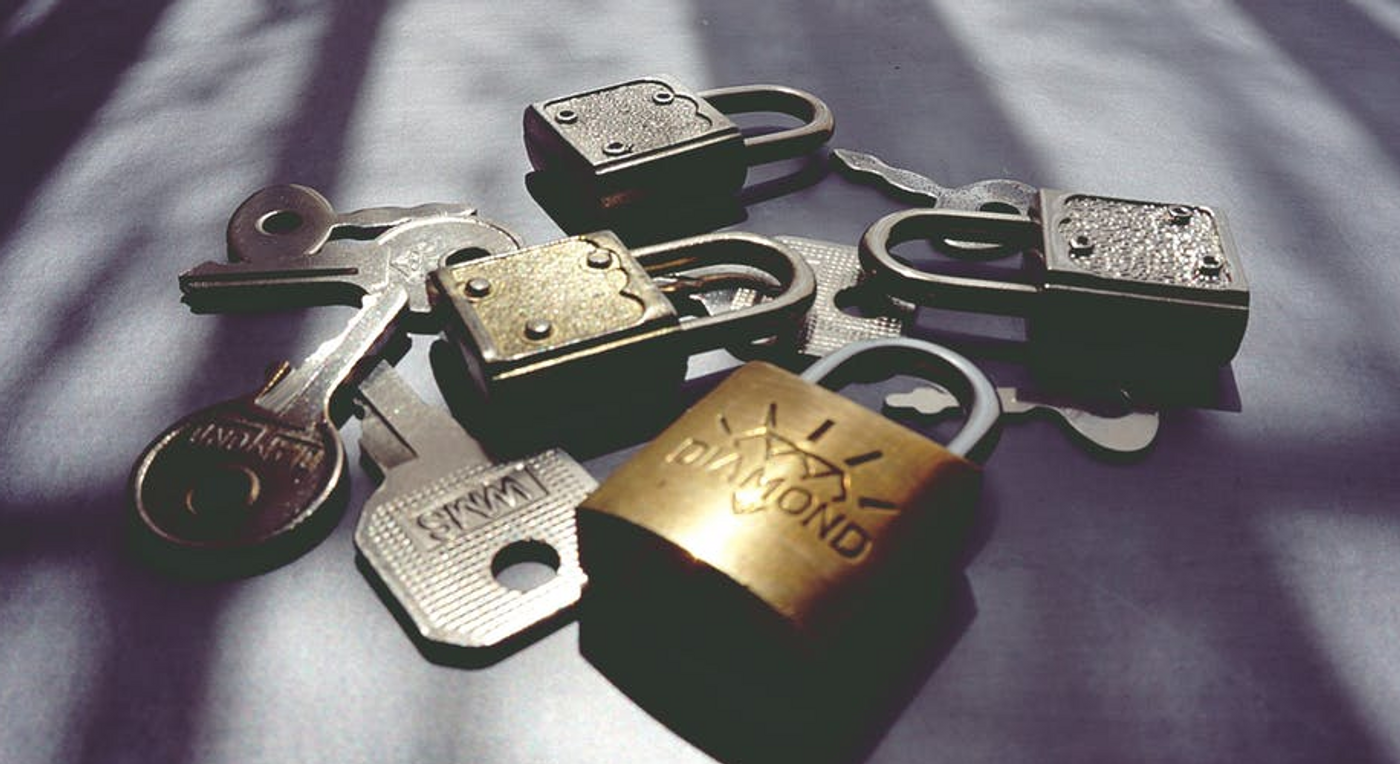Better Security Through Biological Encryption
It seems like there’s always another story about a hacked website, data breach or computer virus. Securing information is a difficult prospect, at a time when there is an endless amount of sensitive data online. Engineers have now developed a method for encryption that is unclonable and not susceptible to reverse-engineering, something that will become a concern as computers get more complex and powerful. The work has been reported in Advanced Theory & Simulations.
"Currently, encryption is done with mathematical algorithms that are called one-way functions. These are easy to create in one direction but very difficult to do in the opposite direction," explained Saptarshi Das, assistant professor of engineering science and mechanics, Penn State.
For example, if a given number is huge, reverse-engineering two numbers that produce it through multiplication would be time-consuming and require a lot of computational effort. In the near future, however, that effort will become easy by today's standards.
"However, now that computers are becoming more powerful and quantum computing is on the horizon, using encryption that relies on its effectiveness because it is monumentally time-consuming to decrypt won't fly anymore," added Das.
Totally random encryption keys cannot be reverse-engineered and are unclonable since there’s no formula or pattern to them. Unless some physical process is used, random number generators are not truly random; they rely on an algorithm to create pseudo-random numbers.
"We need to go back to nature and identify real random things," said Das. "Because there is no mathematical basis for many biological processes, no computer can unravel them."
For this work, the researchers assessed a type of human immune cell - a T cell. Graduate students Akhil Dodda and Akshay Wali, and postdoctoral fellow Yang Wu captured images of a two-dimensional array of T cells. The images were then pixelated, and the researchers assigned T cell pixels a “one” and empty spaces “zeros.”
"When we started there were a few papers out using nanomaterials," said Dodda. "However, they weather (nanomaterials) out of the material and are stationary."
Live cells are different; they move, so they can be photographed over and over, generating new encryption keys every time.
"We need a lot of keys because the population of the world is 7 billion," noted Das. "Each person will generate a megabyte of data every second by 2020."
Encryption keys will be required for everything from data on a personal computer to vast repositories kept by businesses or medical institutions, for example. It would also be easy to replace encryption keys with new ones if there was a problem.
"It is very difficult to reverse-engineer these systems," said Dodda. "Not being able to reverse-engineer these keys is an area of strength."
The team is now utilizing 2,000 T cells to make one encryption key. The noted that even if someone knew the type of cell that was used to make the key as well as its physical properties, and had the generation mechanism including the key generation rate and sampling instance, it would still not be possible for them to break into the system.
"We need something secure, and biological species-encrypted security systems will keep our data safe and secure everywhere and anytime," said Wali.
Quantum computing is on the horizon. Learn more about it from the video.
Sources: AAAS/Eurekalert! via Penn State, Advanced Theory & Simulations









